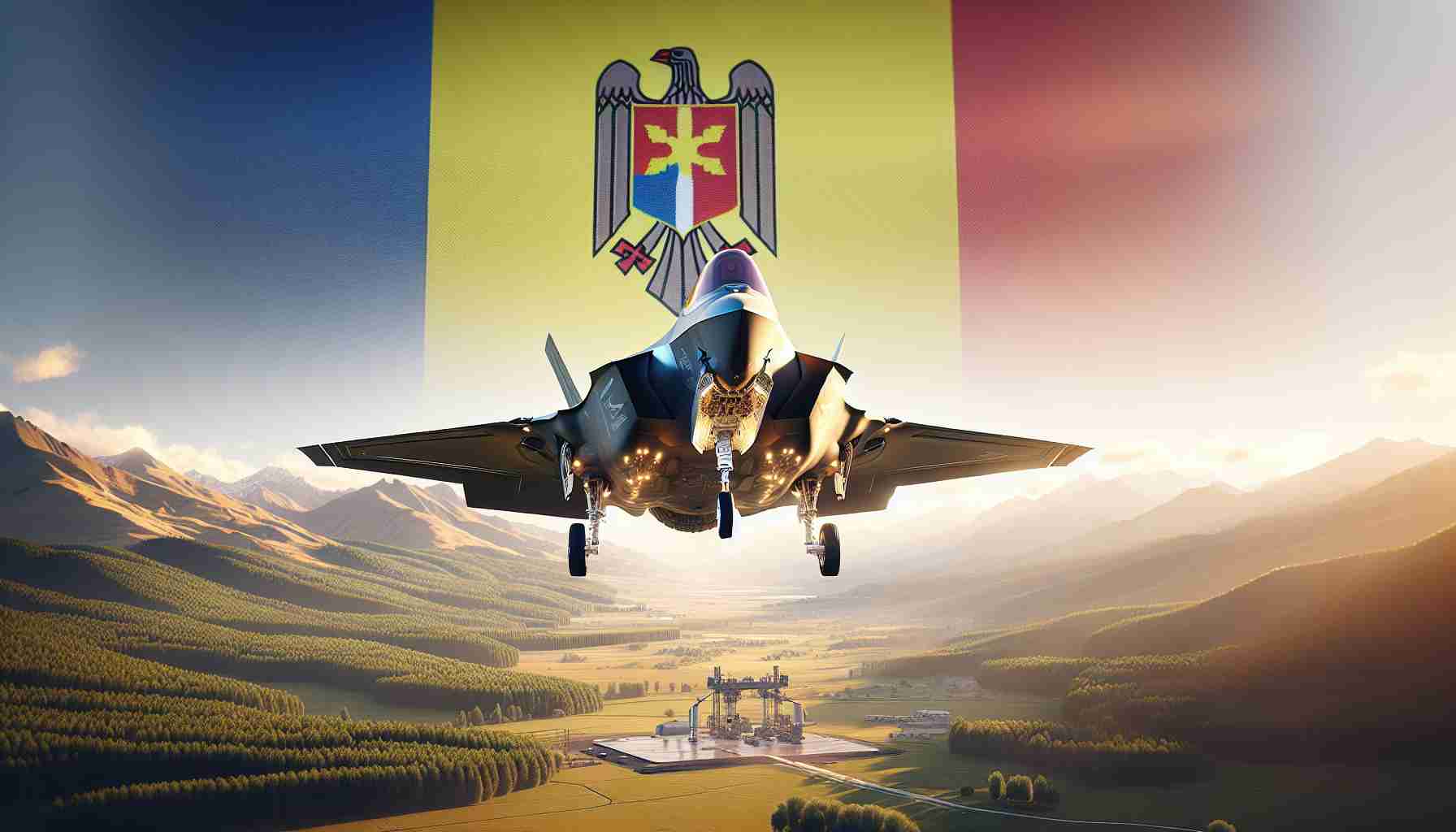In a major development, Romania has signed a decisive agreement to acquire 32 F-35 Lightning II fighter jets from aerospace giant Lockheed Martin. This strategic move positions Romania as the 20th international customer to opt into the advanced capabilities of the F-35 program. With evolving global security threats, countries worldwide are progressively enhancing their defense arsenals. Increasing emphasis on cutting-edge aerial security solutions has driven demand for sophisticated fighter jets, noted for their stealth and advanced technology.
Lockheed Martin stands out in the defense aviation arena due to its leadership in delivering state-of-the-art fighter jets. The F-35 fighter is particularly renowned for its 5th-generation mission readiness, encompassing a suite of advanced sensors and communication systems designed for multi-domain operations across air, land, sea, space, and cyber terrains. The growing number of over 1,000 F-35 planes operational in 33 bases globally highlights the fighter jet’s unmatched performance and Lockheed Martin’s emphasis on pioneering global security solutions.
Amid geopolitical tensions and increased military confrontations, nations have amplified their focus on bolstering their fighter jet fleets, underscored by the rising demand for modern, agile fighters. This growth trajectory suggests an optimistic future for combat jet producers, with market analysis firm Mordor Intelligence projecting a 5.2% annual growth rate for military aviation between 2024 and 2030.
Alongside Lockheed Martin, companies like Boeing, Northrop Grumman, and RTX Corporation are set to benefit from this boom, leveraging their expertise and diverse fighter aircraft portfolios to meet international defense needs.
Is the F-35 Fighter Jet the Future of Aerial Defense?
The recent agreement between Romania and Lockheed Martin to acquire 32 F-35 Lightning II fighter jets underscores a critical evolution in global defense strategy and technology adoption. As nations worldwide grapple with emerging security threats and geopolitical tensions, the choice of advanced fighter jets like the F-35 has far-reaching implications beyond immediate defense capabilities.
Impact on the Development of New Technologies
The F-35 program not only represents cutting-edge warfare technology but also catalyzes advancements across numerous tech sectors. This fifth-generation fighter jet integrates state-of-the-art sensors and communication systems, driving innovation in areas such as aviation technology, radar evasion, and secure communications. The avionics systems onboard require sophisticated software and hardware integration, spurring developments in computing and data processing technologies.
Advantages and Disadvantages
One of the primary advantages of the F-35 is its stealth capability, which allows it to perform missions in hostile environments undetected. This feature, combined with its multi-role versatility, makes it a highly desirable asset for modern militaries. Additionally, the F-35’s ability to integrate with other systems across domains (air, land, sea, space, and cyber) reflects a comprehensive approach towards next-generation warfare.
However, the F-35 program is not without its controversies and challenges. The high cost of procurement and maintenance raises concerns about its affordability for many nations, potentially limiting its accessibility. Critics have pointed out instances where software glitches and technical delays have affected the deployment timeline.
Interesting Facts and Controversies
An intriguing aspect of the F-35’s development is its role in international defense diplomacy. By participating in the F-35 program, countries strengthen their defense ties with the United States, influencing geopolitical alliances and security cooperation. However, this can also lead to dependencies, where nations might compromise on other defense needs due to financial commitments to sustain such high-cost programs.
The F-35 program has been dubbed one of the most expensive military projects in history, with a projected lifetime cost exceeding $1 trillion USD. This prompts a critical question: is the investment justifiable in the face of evolving and unpredictable global threats, or should resources be allocated to more diverse defense strategies?
Opportunities for Other Players
The demand for high-quality fighter jets not only benefits Lockheed Martin but also presents opportunities for other aerospace giants like Boeing, Northrop Grumman, and RTX Corporation. These companies continue to innovate in their respective portfolios, recognizing the need for diverse offerings that balance cost, capability, and strategic applicability.
The Future Outlook
As military aviation is expected to grow annually by 5.2% from 2024 to 2030, driven by continuous innovations and escalating defense budgets, nations will need to carefully assess their defense priorities. The integration of technologies from the F-35 program into civilian applications, such as aviation safety and communication, could further expand the impact of these advancements into everyday life.
Ultimately, the discussions surrounding the F-35 Lightning II are emblematic of broader questions in global defense dynamics: how nations balance immediate security needs with long-term technological advancements and financial prudence. As the program progresses, it will be crucial to monitor its true impact on global security and tech innovation.







